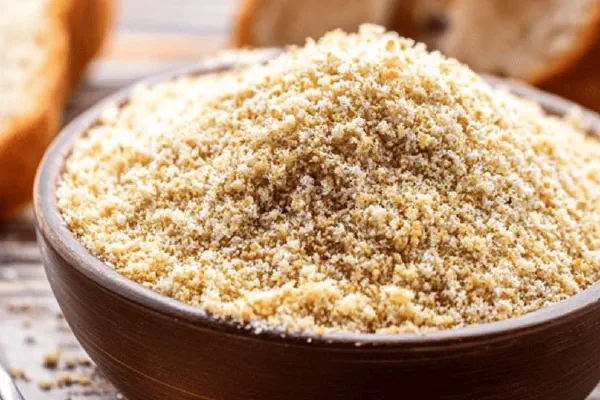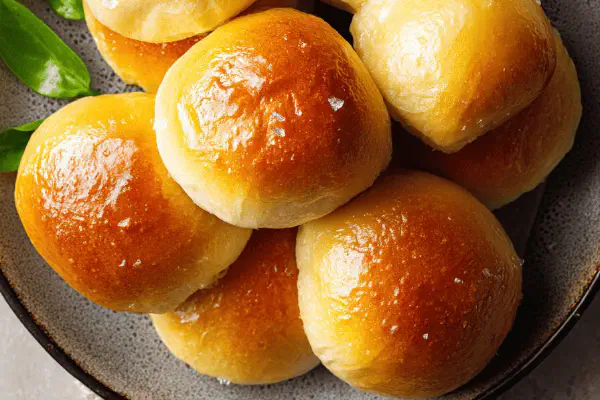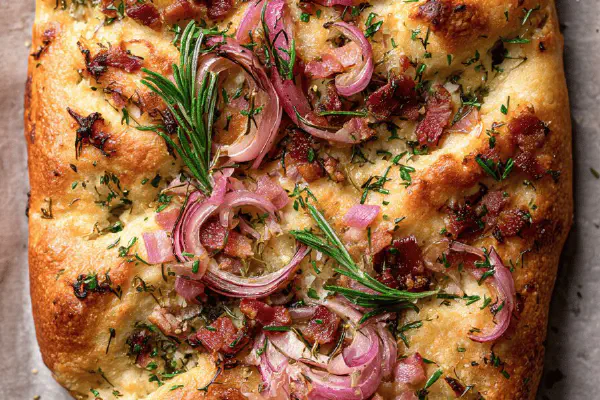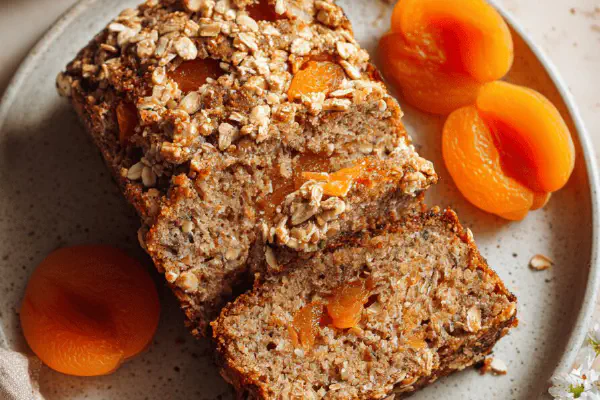Cranberry Chocolate Loaf
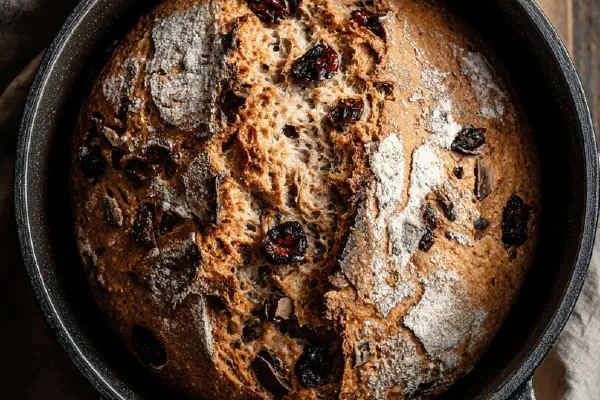
By Emma
Certified Culinary Professional
Ingredients
- 520 g unbleached all-purpose flour
- 140 g dried cranberries
- 60 g chopped semisweet chocolate
- 8 ml sea salt
- 3 ml instant yeast
- 425 ml cold water
- 40 g whole wheat flour
About the ingredients
Method
Dough Preparation
- Mix flour, cranberries, chopped chocolate, salt, and yeast in heavy-bottomed pot or large bowl. Add cold water. Stir with fork until mixture moistened but expect clumps. Don’t overwork; shaggy is good here. Cover loosely. Rest 8-10 hours at room temp — overnight fermentation is key. Dough will rise, bubbles visible.
Pre-Shaping
- Sprinkle whole wheat flour on clean counter or in large bowl. Punch dough gently to deflate, folding over itself 5-6 times — rhythm, not aggression. Dough texture should feel aerated, less sticky, smooth but still moist.
- Dust dough generously with whole wheat flour, ensuring no wet spots on surface. This prevents sticking later.
- Line clean pot with parchment paper. Place dough ball in center, cover, let rest 40-50 minutes until doubled. Warmth speeds proof; slower rise means richer flavor but watch so no overproofing.
Baking
- Preheat oven to 235°C with rack mid-level.
- Cover pot, bake 28 minutes. Listen for reduction in moistness inside, crust forming. Uncover, bake 25-30 more minutes. Loaf should be deep mahogany brown, crackled crust. Tap bottom: hollow thump signals done.
- Cool bread inside pot for 15 minutes then transfer to rack. Wait for full cooling before slicing to keep crumb intact.
- Remove excess flour dust before serving if undesired.
Notes & Substitutions
- Use maple syrup solids instead of chocolate chunks for sweetness and texture contrast if avoiding chocolate. Dried cherries or raisins swap for cranberries. OK to use bread flour interchangeably with AP flour but texture slightly denser. Whole wheat flour adds nuttiness; can substitute with spelt for mild change.
- Too sticky? Add flour sparingly during folding. Dough should feel tacky yet manageable. Underbaked bread tunnels or gummy crumb means prolong bake time; italicize listening to crust sounds.
- If oven lacks covered pot, use heavy Dutch oven or deep roasting pan with lid or foil. Cast iron traps moisture, crucial for crust.
- Higher humidity or altitude may require hydration adjustments — more flour or water respectively.
- Parchment placement critical to avoid scorching bottom and enable gentle dough transfer.
Cooking tips
Chef's notes
- 💡 Use cold water to slow yeast activity right from the start. Keeps dough manageable overnight. Expect shaggy, clumpy mix; don’t knead. Aerated dough with bubbles is key. Cover loosely to avoid crust forming during fermentation. Long rest builds flavor by itself, no shortcuts.
- 💡 Sprinkle whole wheat flour heavily on surface before shaping. Prevents sticking without weighing down dough. Punch down gently to avoid deflating too much. Fold rhythm matters more than force. Aim for dough feeling light, slightly tacky, with smooth top – that’s ready for proofing in lined pot.
- 💡 Use parchment lined pot or Dutch oven for baking. Traps steam, makes crust crackle and color deep mahogany. Start baking high heat covered. Listen and watch crust forming. Uncover to dry crust last 25-30 mins. Tap bottom for hollow thunk – best doneness signal. Timing shifts with humidity and oven quirks.
- 💡 Don’t rush cooling. Keep loaf inside pot 15 mins after baking. Keeps inside moist, avoids soggy base when transferred to rack. Wait until crumb feels firm but soft before slicing. Washing away excess flour dust? Quick brush off only right before serving prevents gritty mouthfeel.
- 💡 Substitutions easy but careful. Maple syrup solids instead chocolate brings sweetness, texture change. Dried cherries or raisins trade for cranberries without losing ferment’s effect. Spelt flour swaps whole wheat flour for milder nuttiness. Adjust hydration slightly for humidity or altitude—more water dry air, more flour if humid.
Common questions
How to know dough fermentation done?
Bubbles showing, dough risen about double. Feel light, aerated, not stiff. Don’t watch clock, watch surface and feel. Slightly tacky, not sticky. Dough should fold easily.
Oven lacks covered pot. What to do?
Use heavy roasting pan with lid or foil wrap. Cast iron ideal but heavy pan traps steam same way. Avoid direct baking tray. Creates crust texture close to artist’s bake.
My bread is gummy inside, what’s wrong?
Likely underbaked. Bake longer uncovered to dry crumb. Listen for hollow sound when tapping bottom. Bake times vary with oven. Don’t slice hot, crumb sets after cool down.
How to store loaf after baking?
Room temp loosely wrapped in cloth or paper bag best for crust. Avoid plastic sealing or fridge – makes crust limp or crumb rubbery. Slice what’s needed. Freeze leftovers tightly wrapped then thaw gently.
